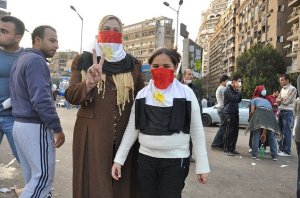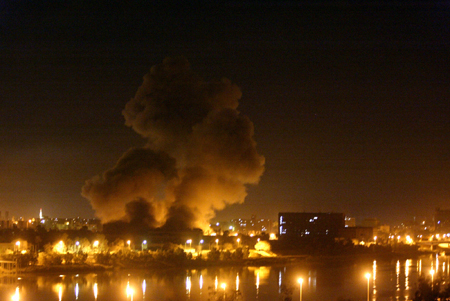 Last night I attended an event at the Brecht Forum to commemorate the Tenth Anniversary of the U.S. invasion of Iraq. The event featured Yanar Mohammed, President of the Organization of Women’s Freedom in Iraq, Iraq Veterans Against the War Director of Organizing Maggie Martin, and Pam Spees of the Center for Constitutional Rights. It was moderated by Ali Issa of the War Resister’s League.
Last night I attended an event at the Brecht Forum to commemorate the Tenth Anniversary of the U.S. invasion of Iraq. The event featured Yanar Mohammed, President of the Organization of Women’s Freedom in Iraq, Iraq Veterans Against the War Director of Organizing Maggie Martin, and Pam Spees of the Center for Constitutional Rights. It was moderated by Ali Issa of the War Resister’s League.
The following is a transcript of the conversation.
Ali Issa: We’re here to mark the 10th anniversary of the invasion of Iraq, and well as the launching of the Right to Heal Initiative. I’d like to begin the evening by introducing playwright and activist Eve Ensler, who will introduce our guest from Iraq, Yanar Mohammed.
Eve Ensler: I spent the last two days revisiting Iraq, in a state of mourning about what has happened to the country. Remember that moment in the Halliburton documentary when Dick Cheney is asked if he ever thinks about anything he’s done wrong. He arrogantly responds that he never thinks about what he’s done wrong. For those of us – millions – who protested against the war, it’s clear that things went very wrong from the beginning of the US invasion of Iraq. I remember meeting Yanar during a phone interview; I couldn’t see her, but I felt she was fierce. I went to many people in the government to see if they could host her here in US, but they said we couldn’t bring her because she’s a communist and is opposed to the war. Now I spend a lot of time in the Congo, which has similar representation in the world to that of Iraq. My experience with women who are fighters and revolutionaries is that they are the ones who bring new energy into the culture. Like them, Yanar has started newspapers, opened shelters for women, opened radio stations. The world is held up by such women activists who give their lives to keep the world going.
Ali Issa: Thank you, Eve. Panelists: can you talk about the conditions that Iraqi activists face, as well as the achievements of the past 10 years and the demands of the Right to Heal Initiative?
Yanar Mohammed: It’s hard for me to sit here and be happy with applause. I’m here because we’ve been bombed for 10 years. Iraq has been turned into a country where women have the status of slaves and neighbors kill one another. Before speaking about our achievements, I have to talk about the history of struggle in Iraq. The political formula for Iraq imposed by the US has turned us into divided sectarian groups; it’s a blueprint for civil war. This is exactly what has happened. Since 2008, almost half a million people have been killed because of sectarian conflicts. And in addition, the women of Iraq have been subjugated by a constitution that imposes sharia were it did not exist. The US has not had to kill Iraqis – they just set a formula that divided the country along sectarian lines and we proceeded to kill one another.
Our opening up of shelters was a message to women that they don’t have to surrender to ‘honor killings,’ which have grown up since the war as a result of the imposition of tribal law. We found out that some women are escaping sectarian war, and some even are escaping being trafficked. There are 5 million orphans of war in Iraq. We’ve tried to reintegrate such women into national life but have found that the government doesn’t want to give them citizenship. So we keep them in our shelters, and try to give these women IDs from women who have died. One thing a feminist can do: keep on talking. We began talking about trafficking in 2007 and we haven’t stayed silent. In February 2012, an anti-trafficking law was passed, so there are small achievements here and there.
 But our biggest achievement was to show to Iraqi youths that they do not have to take the war as the only solution. There are very few alternatives to such violence. In addition, we put together a report about disabled children who have been exposed to contaminants by US military weaponry.
But our biggest achievement was to show to Iraqi youths that they do not have to take the war as the only solution. There are very few alternatives to such violence. In addition, we put together a report about disabled children who have been exposed to contaminants by US military weaponry.
Maggie Martin of Iraq Veterans Against the War: In 2008 we held the Winter Soldier event, but it was largely shut out by the mainstream press. This was a huge lesson for us: it isn’t enough just to tell the truth. Another idea we have is to get soldiers to resist, so that military won’t have enough soldiers to keep fighting imperial wars. But now we have an economic recession, and it’s very hard to ask people to turn down deployments when they need to support their families.
I spent time with soldiers in various bases with this new initiative, Right to Heal. We need to stop soldiers who are suffering from various forms of PTSD being sent back into battle. Troops who go to get help for psychological conditions are being disciplined and facing ‘bad conduct’ discharges.
We feel that we cannot ask people to stand up and speak out when their basic human needs aren’t being met. So we started talking about the Right to Heal for service members and veterans.
One of our three central points has been reparations for the people of Iraq, but it’s a huge accomplishment that we’re now moving to campaign aggressively around this issue. One of our big accmplishments at Fort Hood was the commanding officer holding a town hall (via Facebook) about the needs of traumatized troops. People still feel a lot of stigma about speaking out on this issue.
Pam Speer of CCR: We launched our Right to Heal initiative in front of the White House yesterday. Remember the story of Tomas Young, whose body was almost totally destroyed in the Iraq War. Soldiers such as Tomas Young were sent to fight an unjust and illegal war, and this has a huge impact on people. Tomas Young’s letter to Bush and Cheney demonstrates this. The efforts of members of Congress to challenge covert wars in Central America in the 1980s are very relevant today, particularly in terms of the tactics and forms of torture deployed in Iraq based on the so-called Salvador Option, but discussion of these issues has been foreclosed by US courts.
One of the efforts I’ve been involved in from early on was the establishment of the International Criminal Court, which the US did its best to stymie. It now has over 120 states.
I say all of this to explain the context of the Inter-American Commission of Human Rights. This was set up to monitor compliance with the Inter-American Declaration of Human Rights. This is a place that the US has to engage at times. Our petition to the Inter-American Commission is just the first stop – we’re going to keep petitioning other organizations such as the UN. We’re constantly chasing George Bush and Dick Cheney – as soon as we hear that they’re going to travel, we start drafting indictments. They will ultimately be brought to justice.
What are we demanding? Reparations for people of Iraq. Responsibility for skyrocketing cancer rates. The fact that people are deciding not to have children in Iraq – this is a form of genocide. The irony is that after the first Gulf War, Iraq was made to pay reparations to Kuwait. But the US is not doing any such thing. Reparations should involve more than just money, but also health care, decontamination, cancer treatment centers, etc. In this document, we also tried to make clear the fact that US soldiers sent to fight in Iraq are facing some of the same problems as the people of Iraq.
Ali Issa: How are we defining reparations? State-to-state?
Yanar Mohammed: It’s commonly believed that everything is ok in Iraq since we have a government. But things are more complicated. Our organization, the Organization for Women’s Freedom, has been blocked for years. Eventually the government sat us down and said that they would recognize us but only if we stop sheltering women. The other condition is that we not do any political work. I said that the law does not say this. They could put me in prison at any point because it doesn’t suit them, but for the time being we carry on.
On the subject of the constitution, we want a secular democracy. One million people came out to Tahrir Square in Baghdad on February 25, 2011 in solidarity with the Arab Spring, but the military surrounded us and chased us. These troops were clearly trained by the US, and they engaged in brutal tactics against us.
Many people would question me for organizing a campaign with Americans, and, moreover, with an American soldier who was part of the invasion. Our answer is that the war did not come from the US because the people wanted it. We know that the same is true in Iraq. The people of Iraq and the people of the US did not want the war. Today’s the day to see this go into effect. We learn from these organizations and help challenge US imperialism.
Maggie Martin: Any of us could end up in jail because of our political work. Our new values, vision, and mission is based on addressing militarism, solidarity with war-torn peoples, people negatively affected by US militarism. On the local level, there are many questions about what we were doing 10 years ago. I was thinking about the children of Iraq, who have lived under occupation for a decade. And that also made me think of kids in the US, who have been living in a highly militarized society for at least a decade. We need to think about the kind of culture that we are building through militarism. SO I’m happy to be celebrating popular resistance to militarism.
Pam Speer: We’re talking about working in solidarity. One of the things AI has always stressed is to talk about the activism that’s going on in Iraq. There’s so much strategic brilliance there that we need to take our lead from them. On the Right to Heal website, there’s a link that allows people to support Iraqis affected by ammunition testing in sites such as burn pits near US bases (sites to get rid of highly toxic, carcinogenic materials). These toxins got into the air, resulting in birth defects, illnesses, cancer. Organizations like Madre are channeling aid to sites affected by such toxicity.
We need to think carefully about what the needs are and what the US is responsible for. In particular, we need to think about responsibility of US occupational authority for gender-based persecution that’s being carried on at the moment in Iraq. We need to make this part of our analysis. We have to frame the harm and then insist on accountability and acknowledgement.
Audience question: What can we as Americans do?
Maggie Martin: How to get involved: sign pledge on website, join our campaign, check out www.civsold.org
Audience question: Is the Right to Heal linked to demands for justice?
Pam Speer: Right to Heal should not be seen as exclusionary of justice and accountability. We see the two as linked, as does international law, which says that you have to have acknowledgement, apology, and accountability, following by responsibility for repairing. The US isn’t going to do this by itself; in fact, the Obama administration is already talking about ways to expand the War on Terror. We have to keep talking about this here, and also go the international community, showing them that there are people on all sides of the equation and not allowing others to frame the questions for us.
Audience question: What can you tell us about the situation of women in Iraq today?
Yanar Mohammed: The situation of women was not great before the war. We’d been starved by UN sanctions for years. Then another war came, and the public sector was starved of funds. 40% of the public sector in Iraq is women. What happens when you stay without a salary for years? You agree to become a 2nd, 3rd, or 4th wife. You cannot get a job. You become vulnerable to more vicious symptoms of post-war society, such as human trafficking. Women are leaders all over the world, but there are problems in Iraq since the quota system brought forward some of the most reactionary women, who were willing to vote for a constitution that says that women are worth one quarter of a man.
Audience question: What problems do military contractors raise?
Pam Speer: It’s still a state that is responsible. We have a case set to go to trial that involves the interrogators at Abu Ghraib, who facilitated many of these egregious abuses. No government prosecutions have taken place, but civil cases are moving forward.
Please check out Costs of War to remind yourselves of the massive economic debacle of the war on Iraq.
 Two days ago, two teenage girls were gang raped and then murdered outside a village in Uttar Pradesh in India. The girls were looking for a place to defecate.
Two days ago, two teenage girls were gang raped and then murdered outside a village in Uttar Pradesh in India. The girls were looking for a place to defecate.



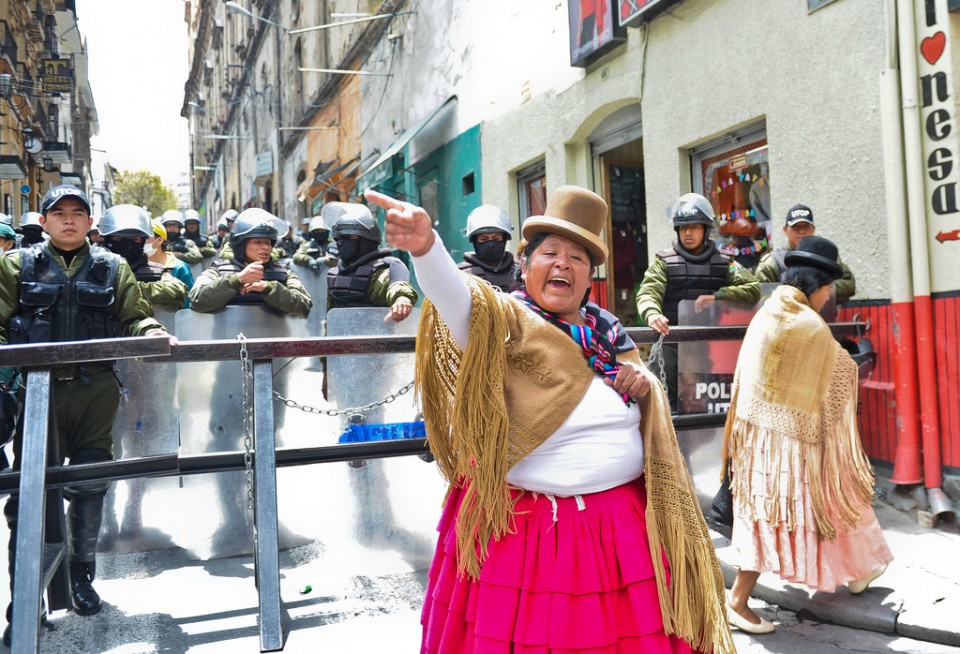
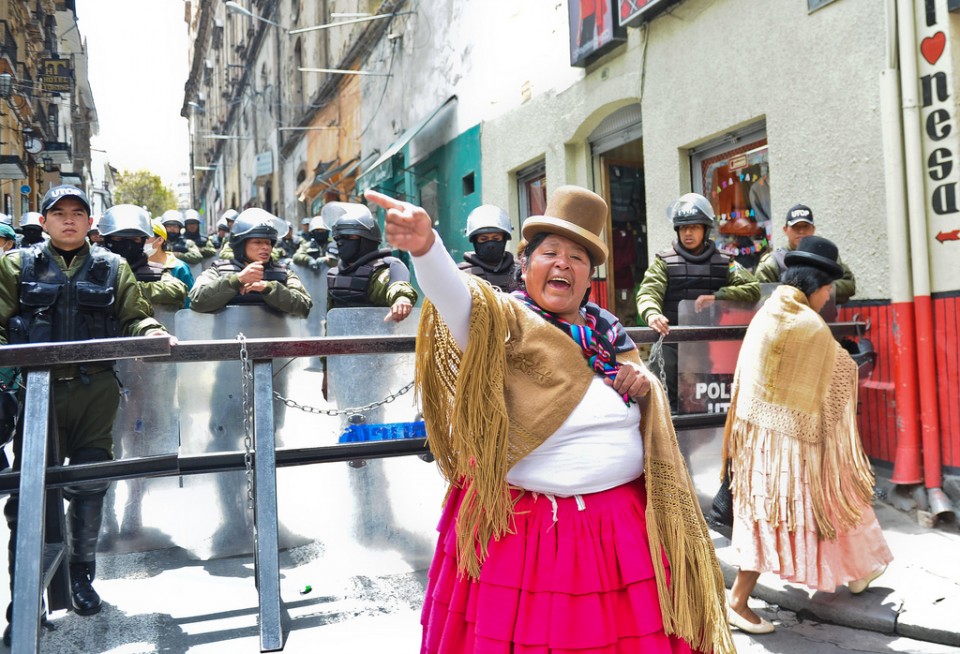
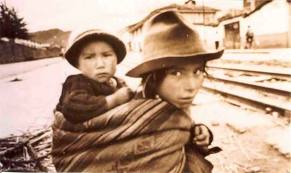

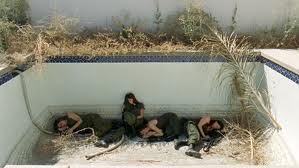
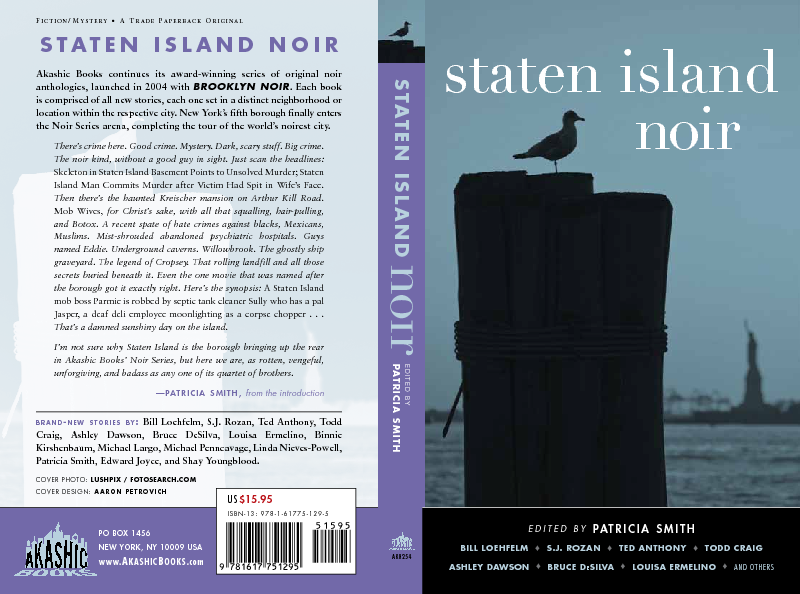
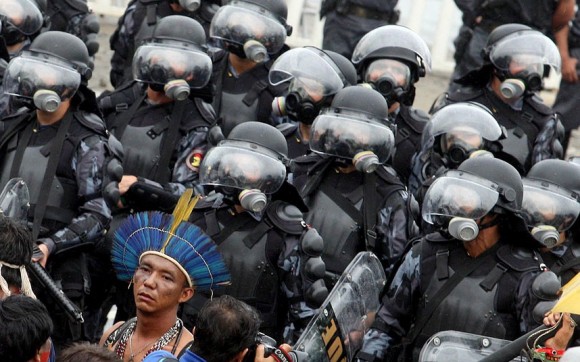


 n Girls etc) made it OK not to have to be pretty feminine model types to be in bands.That was a huge thing, and it’s gone now – the women who are touted as amazing nowadays and strong and in charge of their own careers etc bloody etc (Lady Gaga, anyone?) are all feminine, glam, model-pretty, busty sexy types. And there was a time when you didn’t have to be that. Poly and her kind opened our eyes to a world beyond our immediate horizons and imagination where suddenly things seemed possible. And if you were a slightly awkward girl stuck in suburbia this was a powerful gift. It was like someone whispering in your ear that it didn’t matter, and you should have a go at stuff and not care and be brave and it’d be all right because you were cool and you were sexy and it was okay to be a bit loud and scary sometimes. Or not. Whatever. It was all fine because it was you and people like Poly Styrene had given you some sort of seal of approval. A loving doc marten boot up the arse that pushed us out into the world ready to take on all-comers.
n Girls etc) made it OK not to have to be pretty feminine model types to be in bands.That was a huge thing, and it’s gone now – the women who are touted as amazing nowadays and strong and in charge of their own careers etc bloody etc (Lady Gaga, anyone?) are all feminine, glam, model-pretty, busty sexy types. And there was a time when you didn’t have to be that. Poly and her kind opened our eyes to a world beyond our immediate horizons and imagination where suddenly things seemed possible. And if you were a slightly awkward girl stuck in suburbia this was a powerful gift. It was like someone whispering in your ear that it didn’t matter, and you should have a go at stuff and not care and be brave and it’d be all right because you were cool and you were sexy and it was okay to be a bit loud and scary sometimes. Or not. Whatever. It was all fine because it was you and people like Poly Styrene had given you some sort of seal of approval. A loving doc marten boot up the arse that pushed us out into the world ready to take on all-comers.